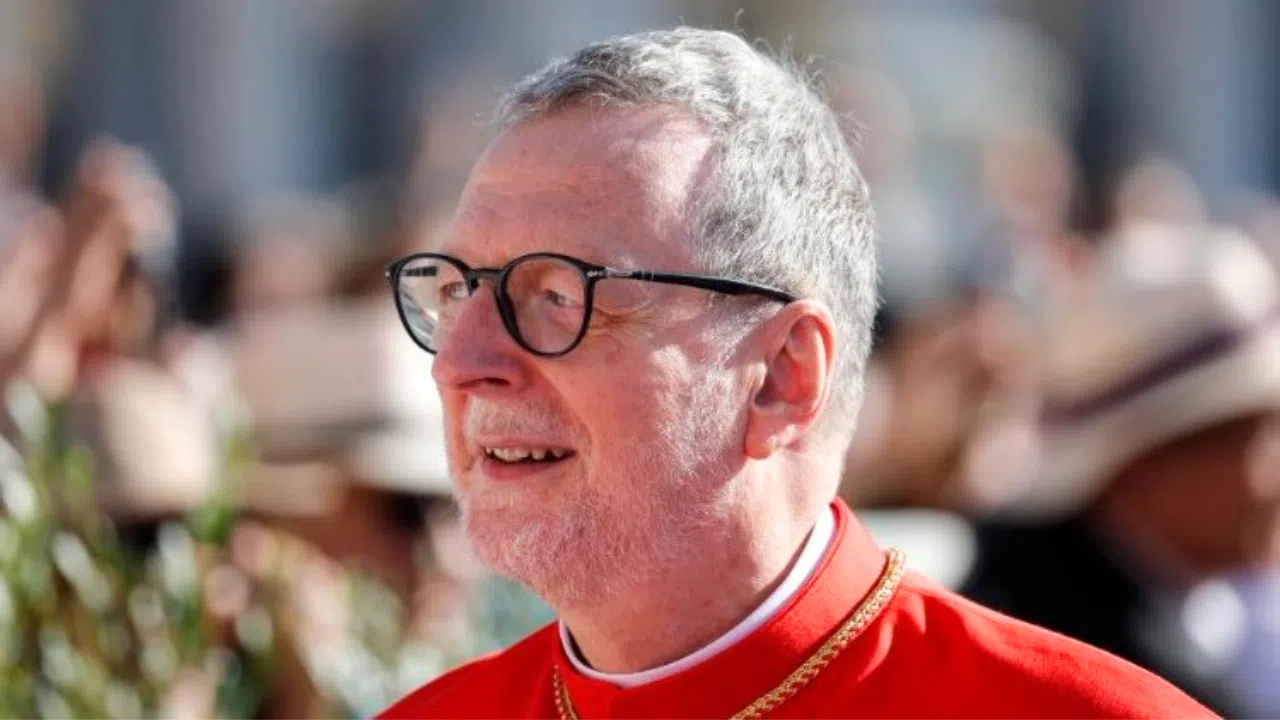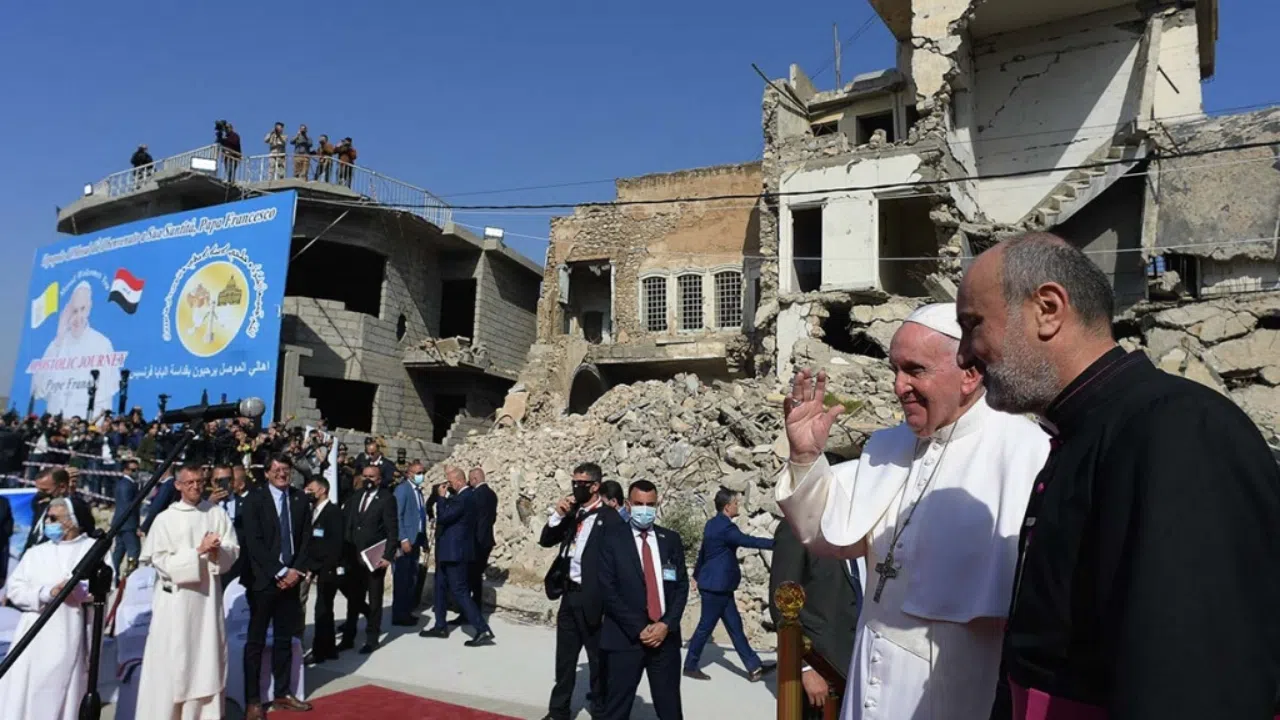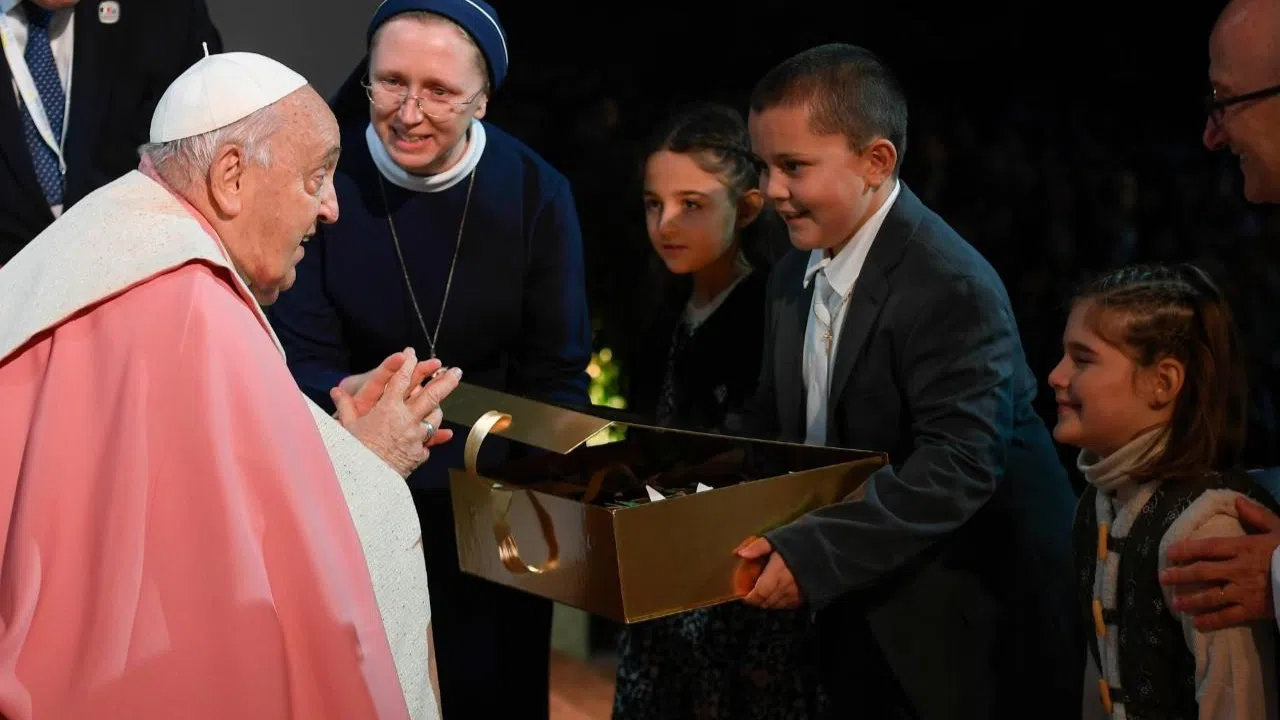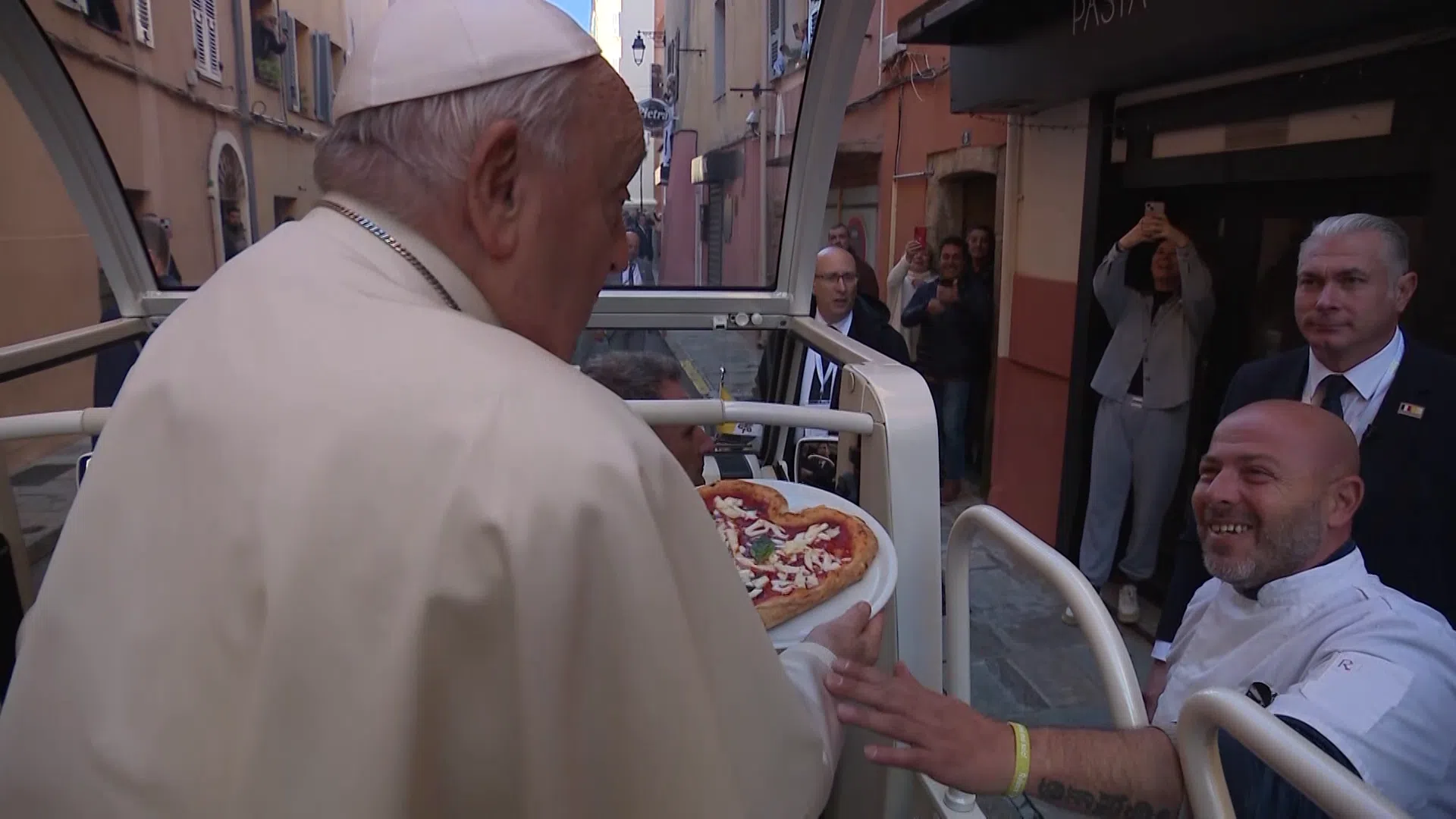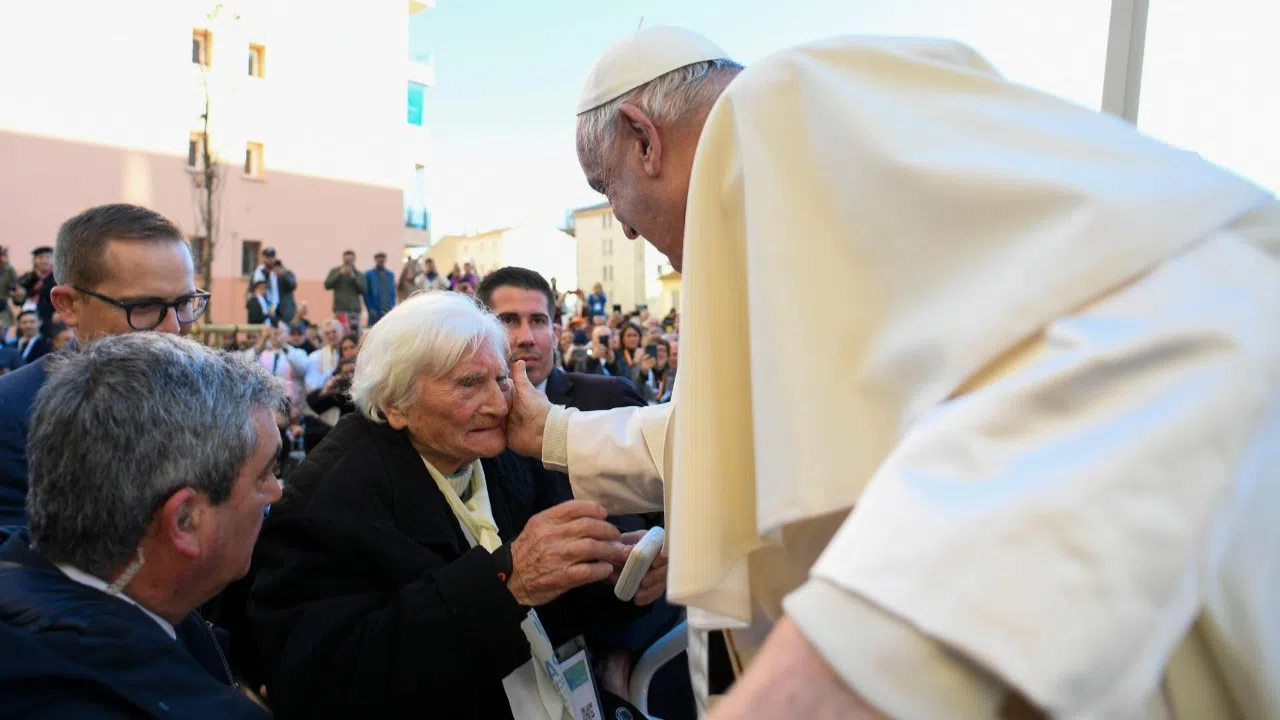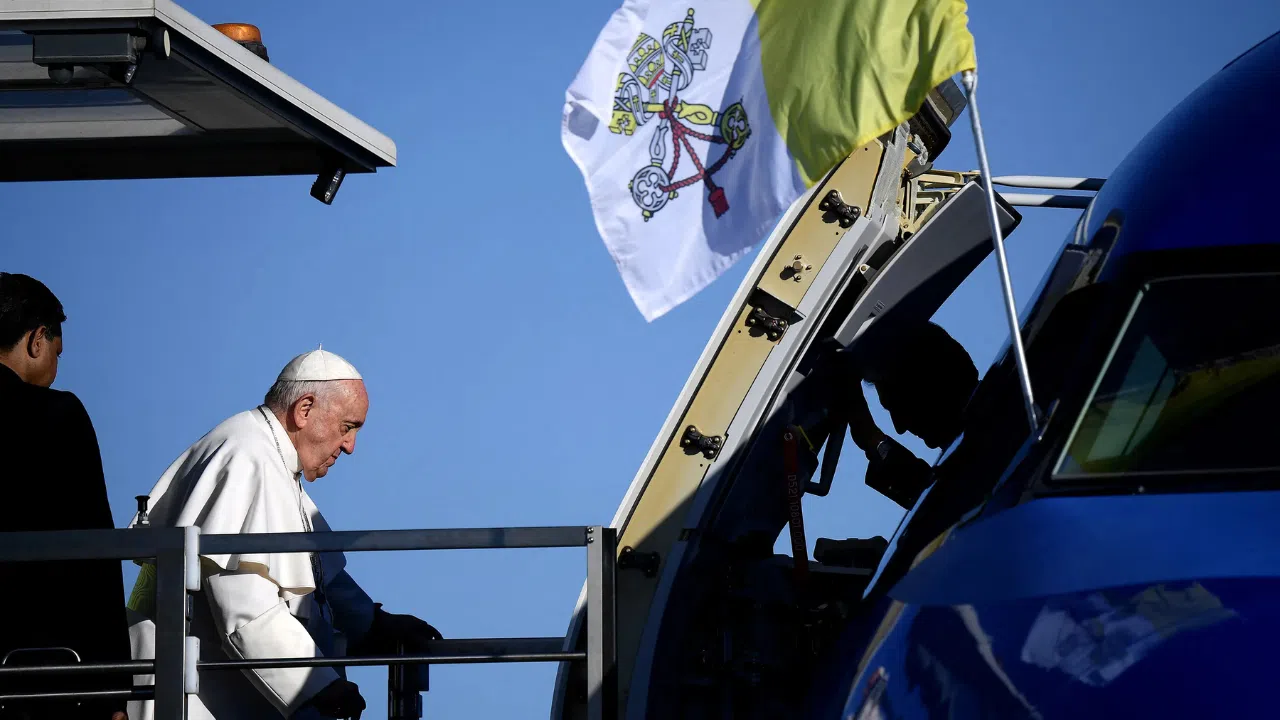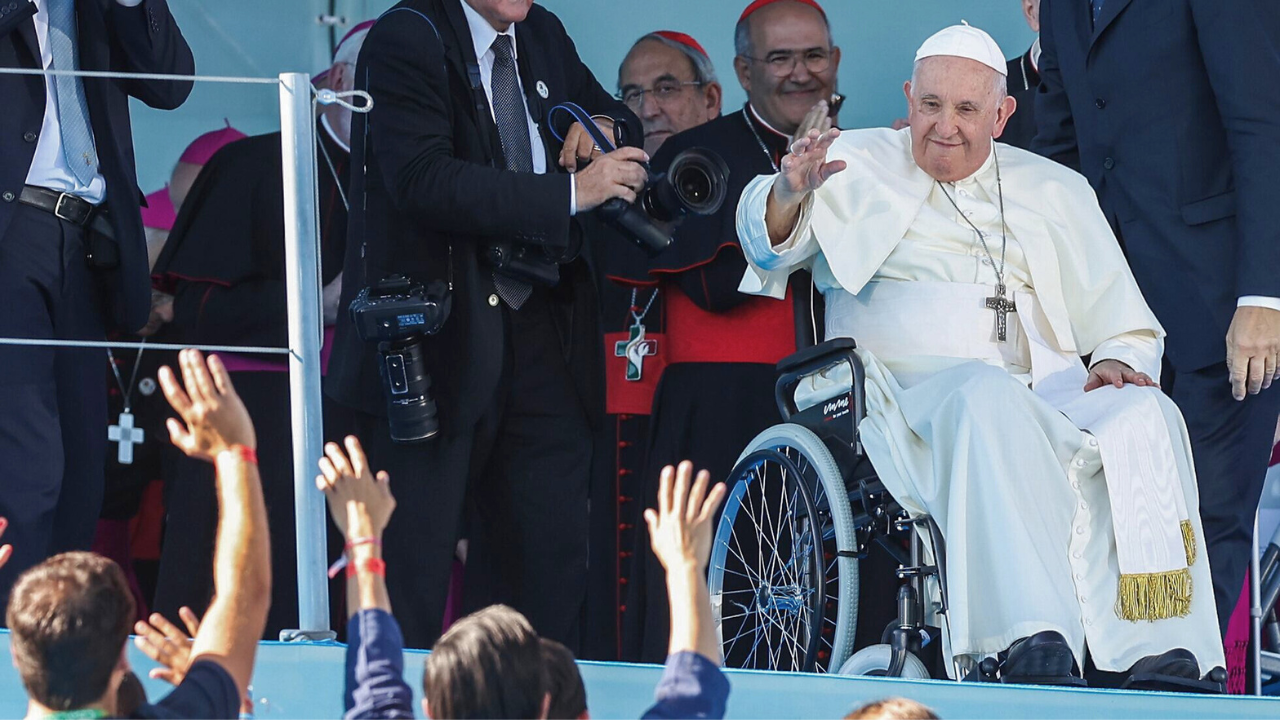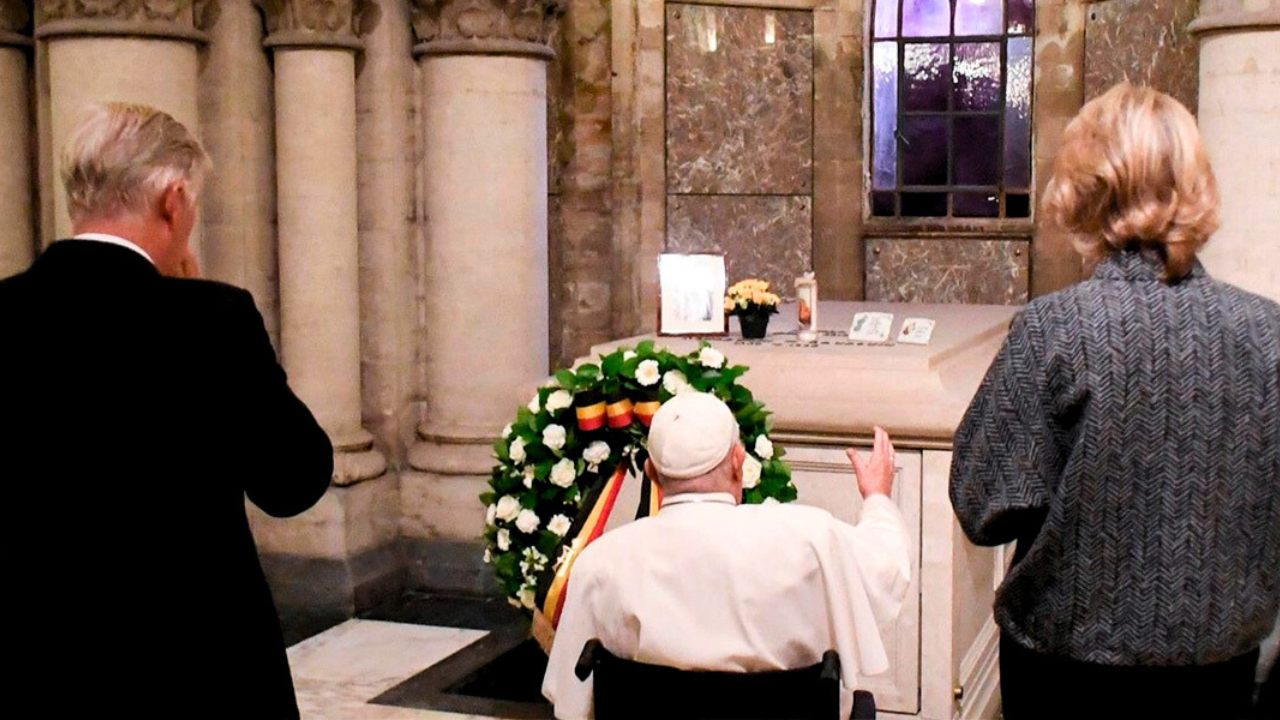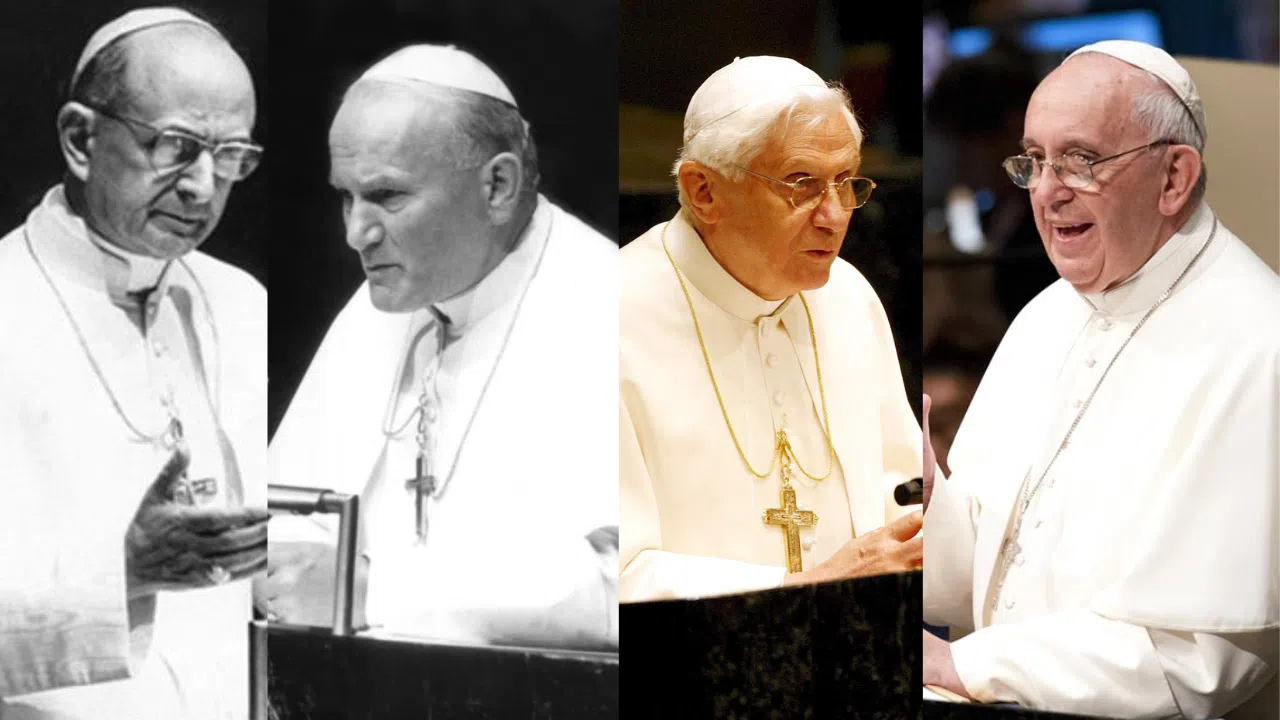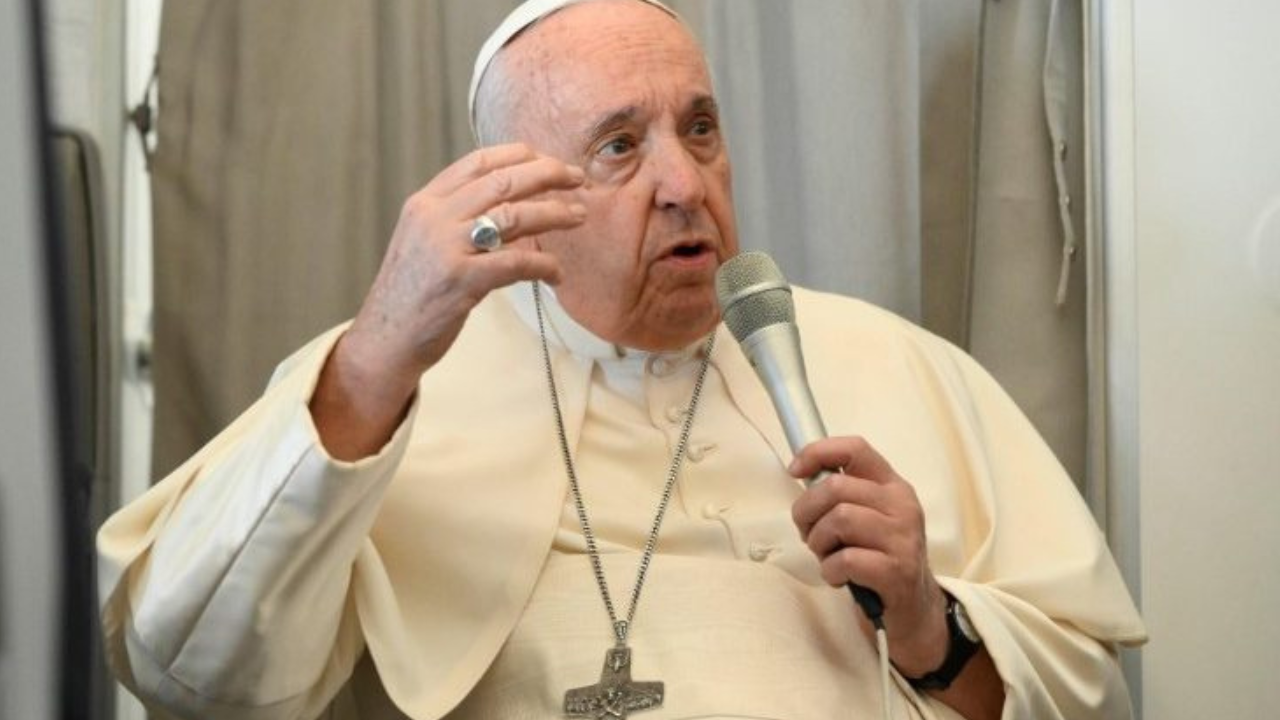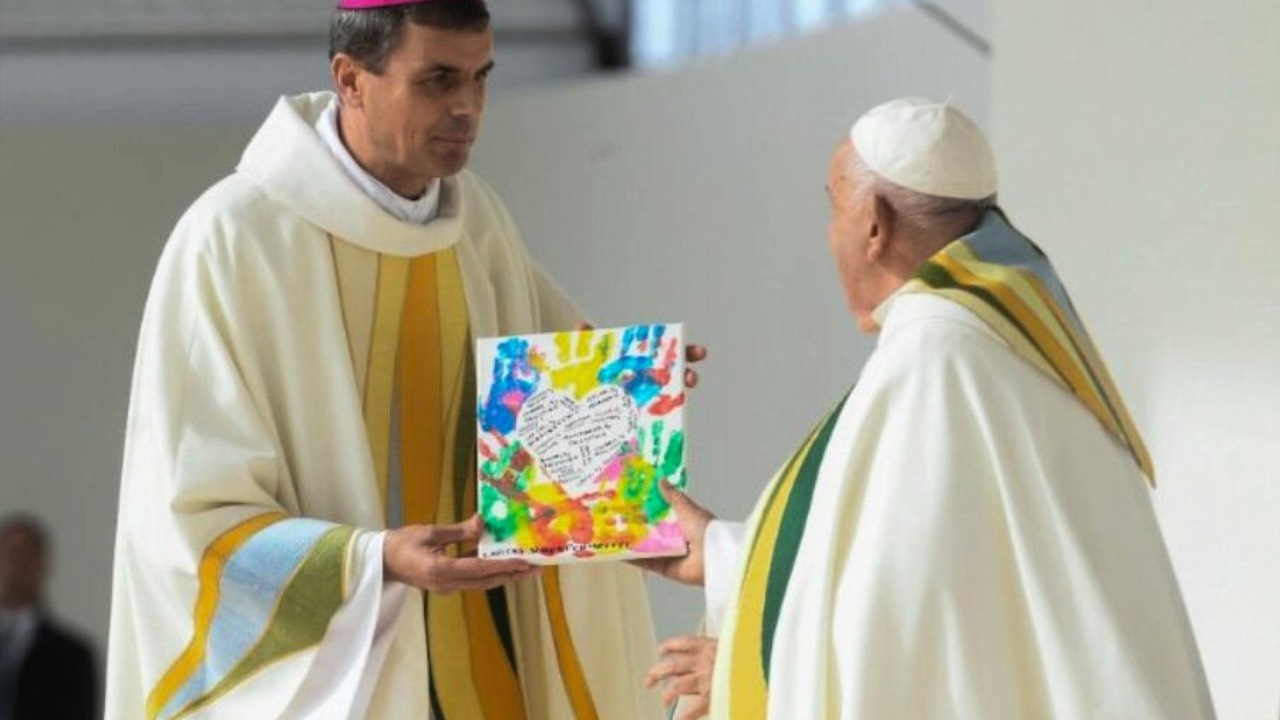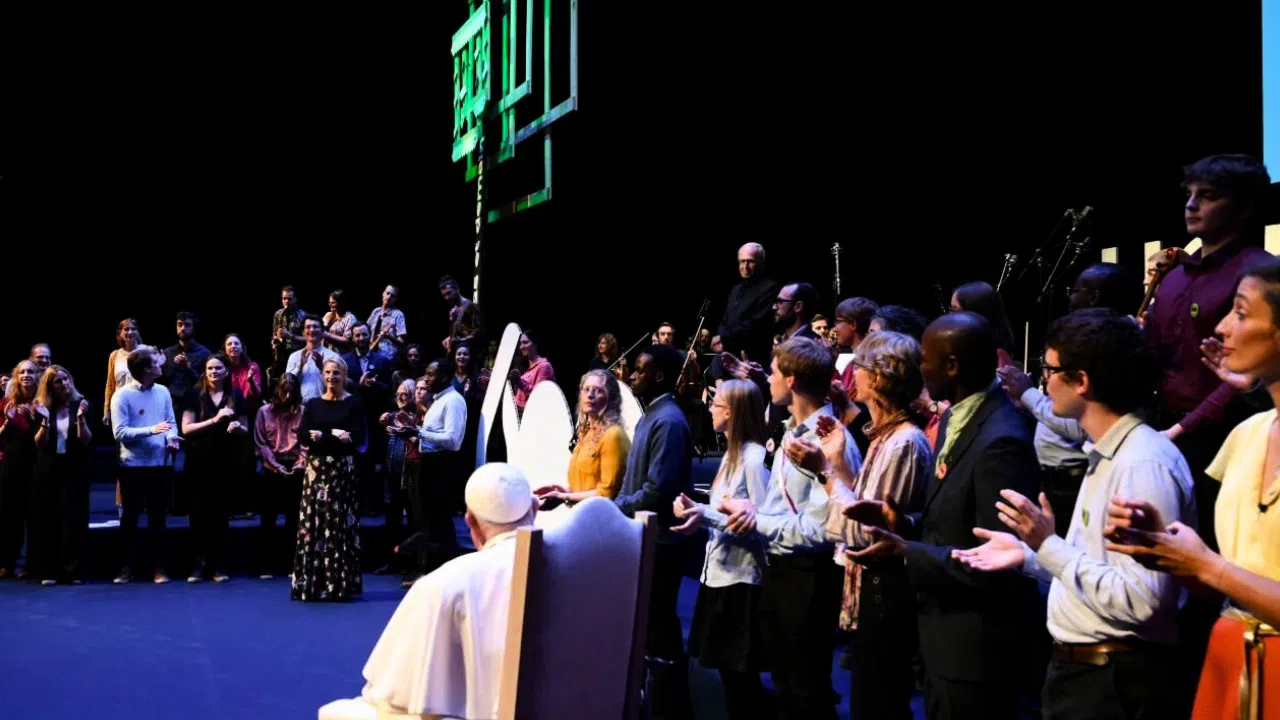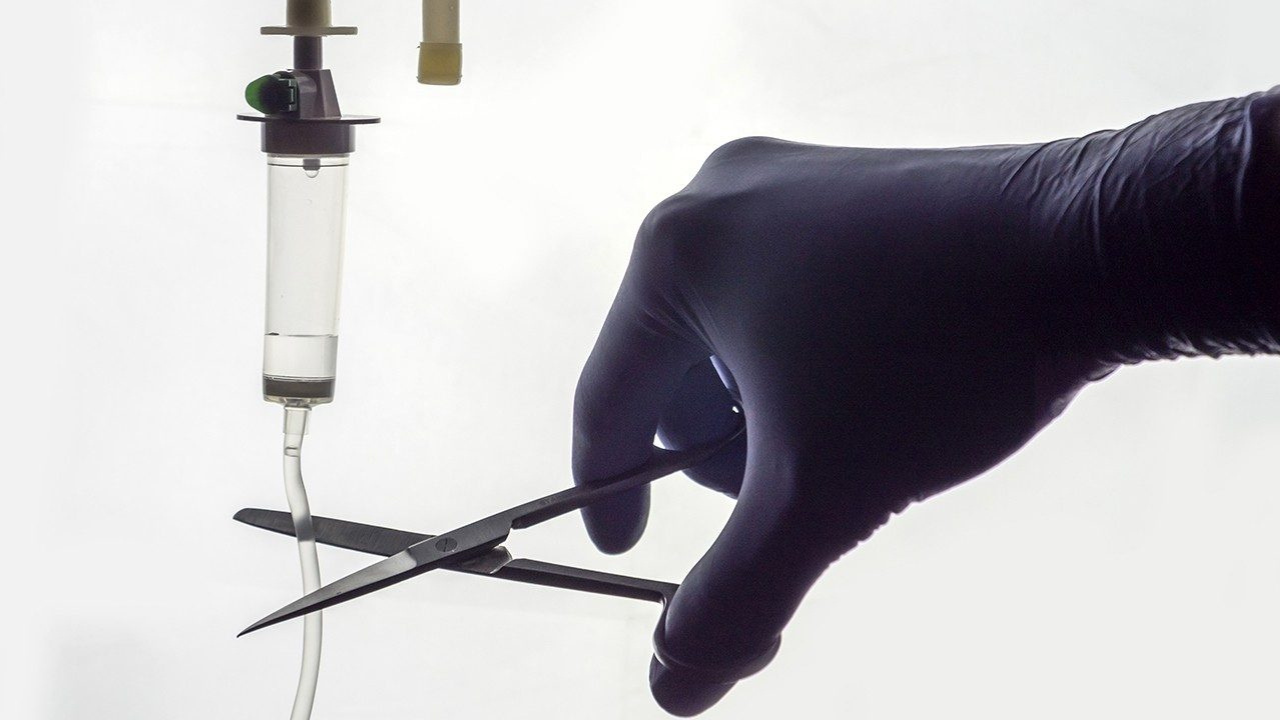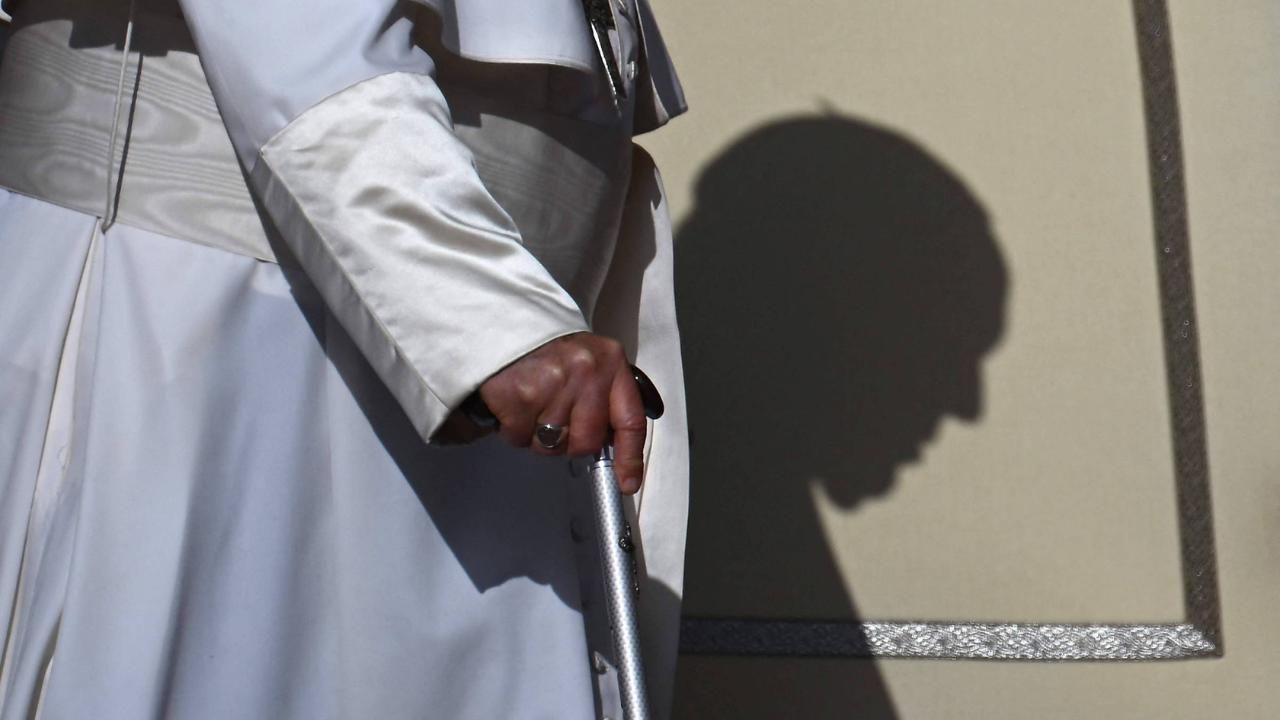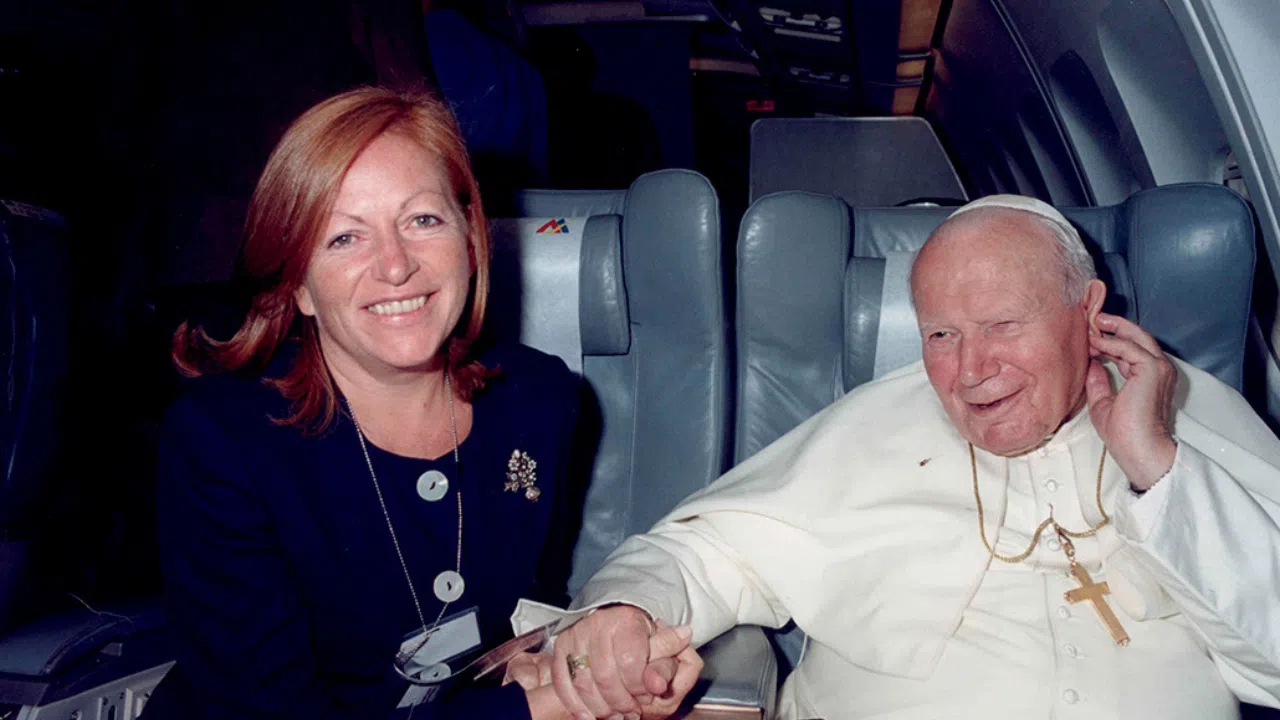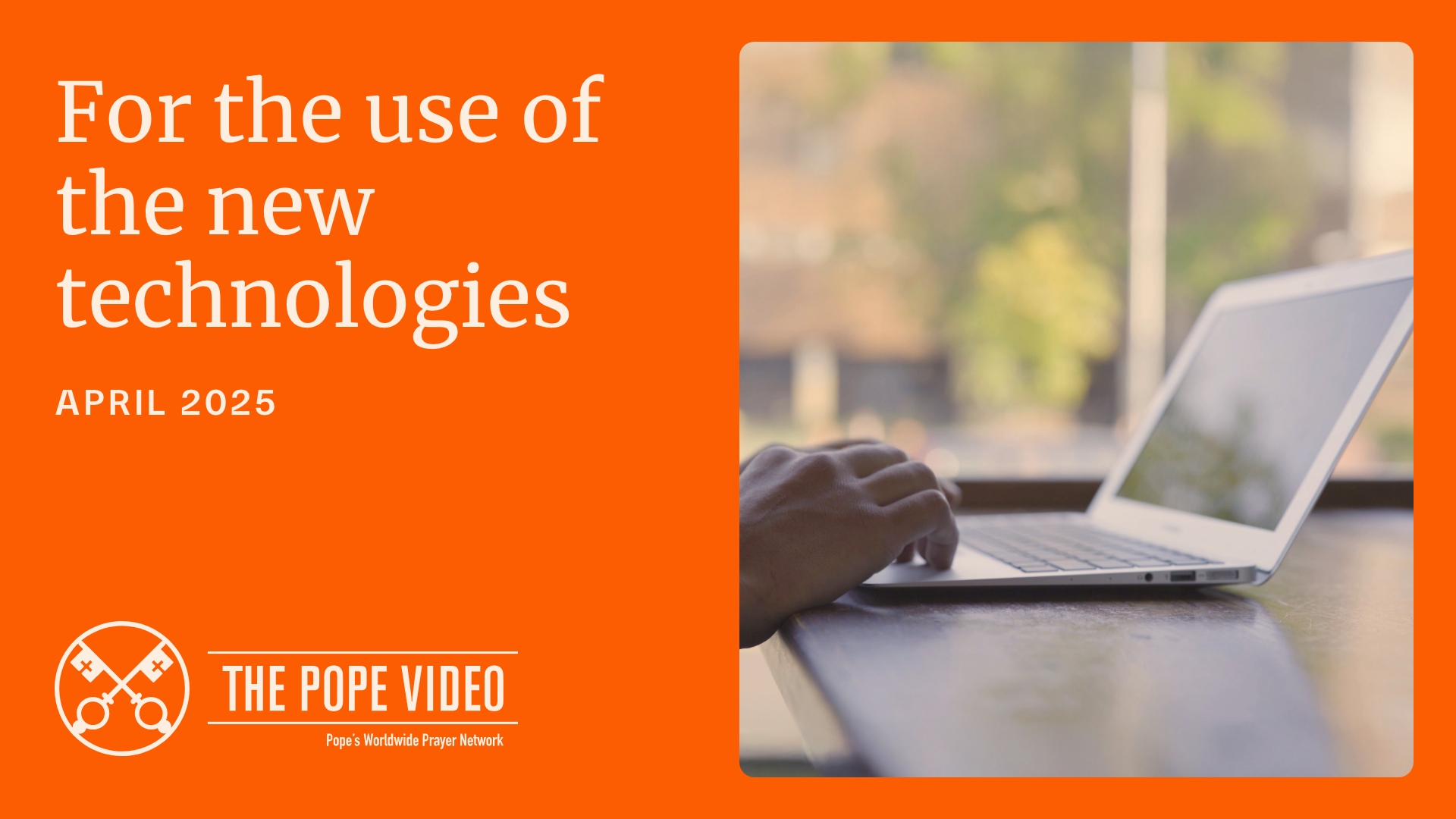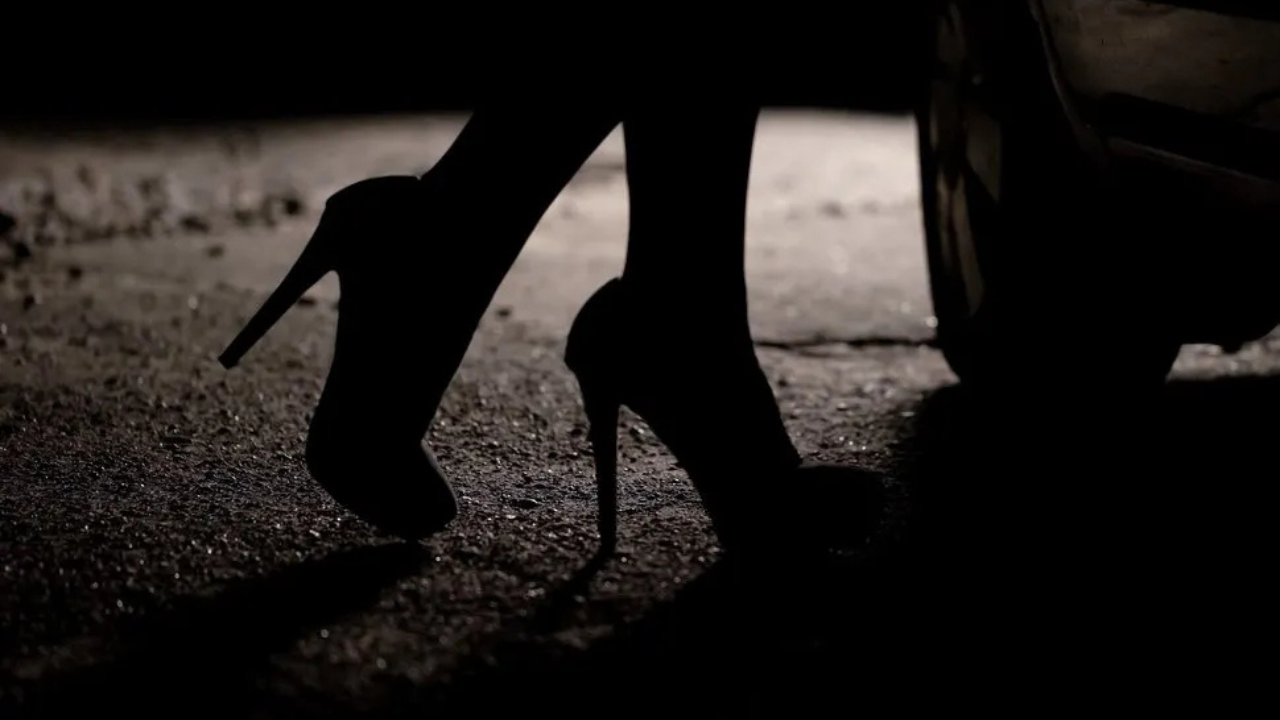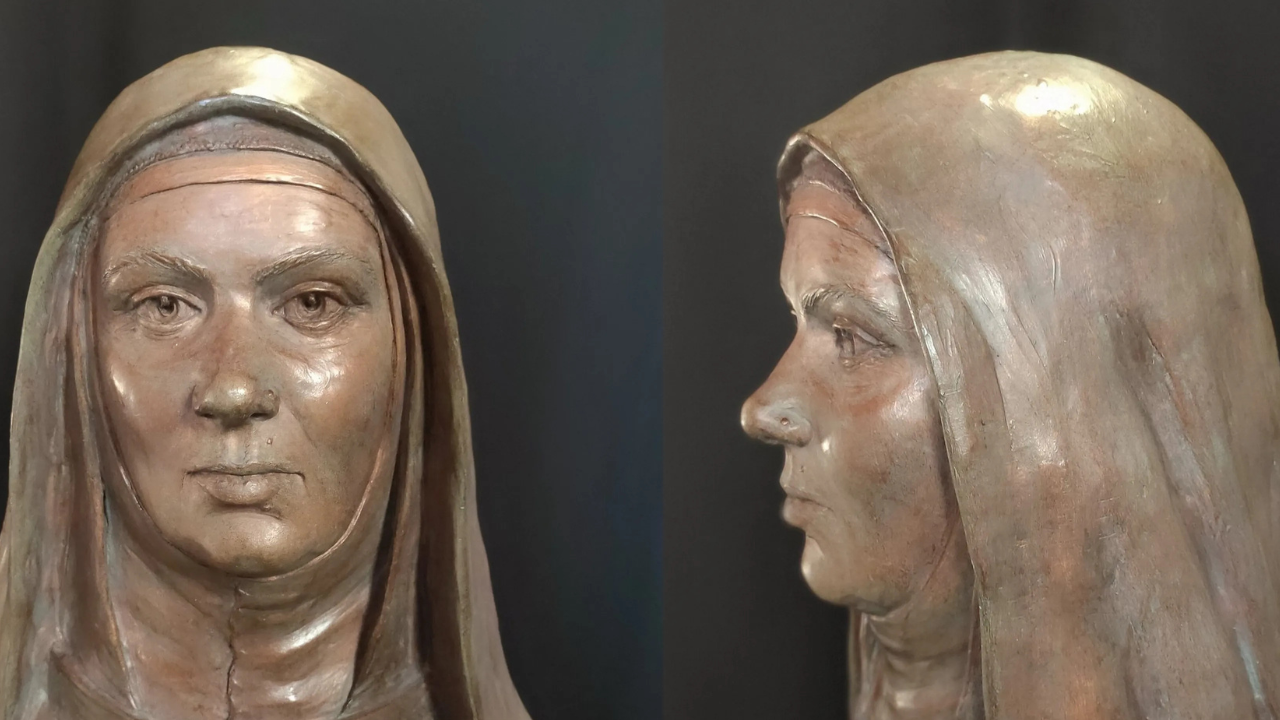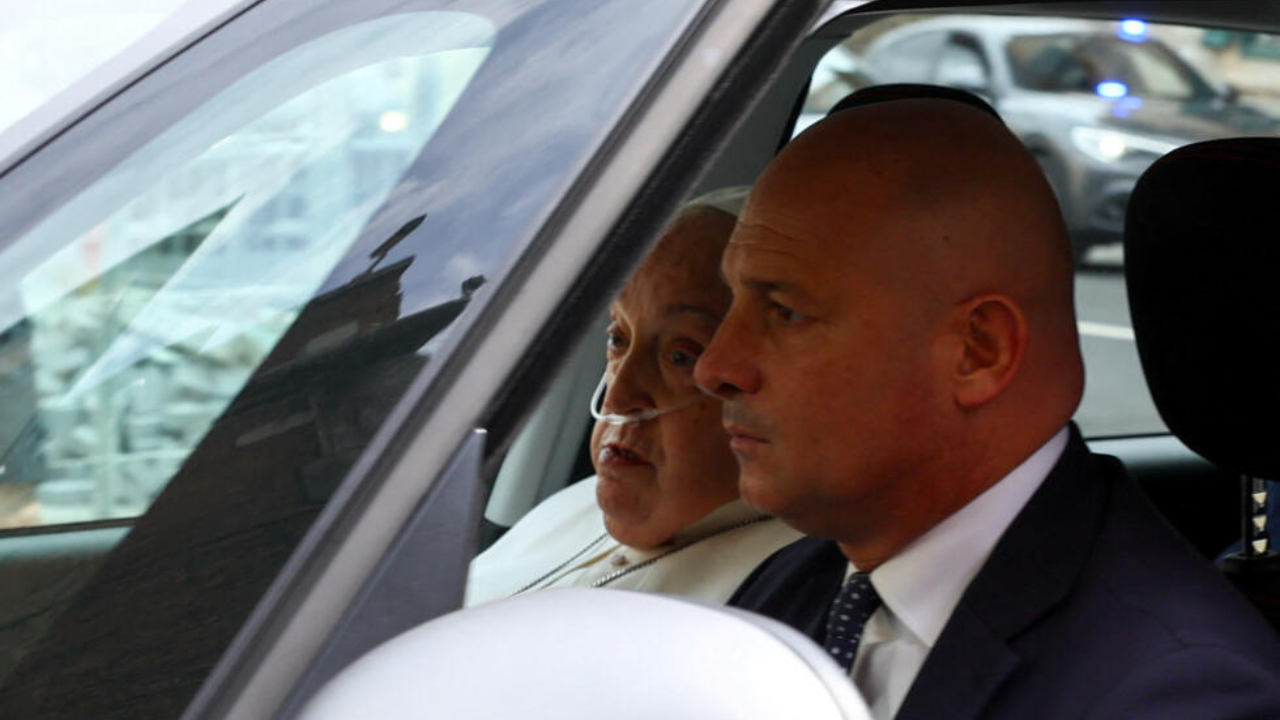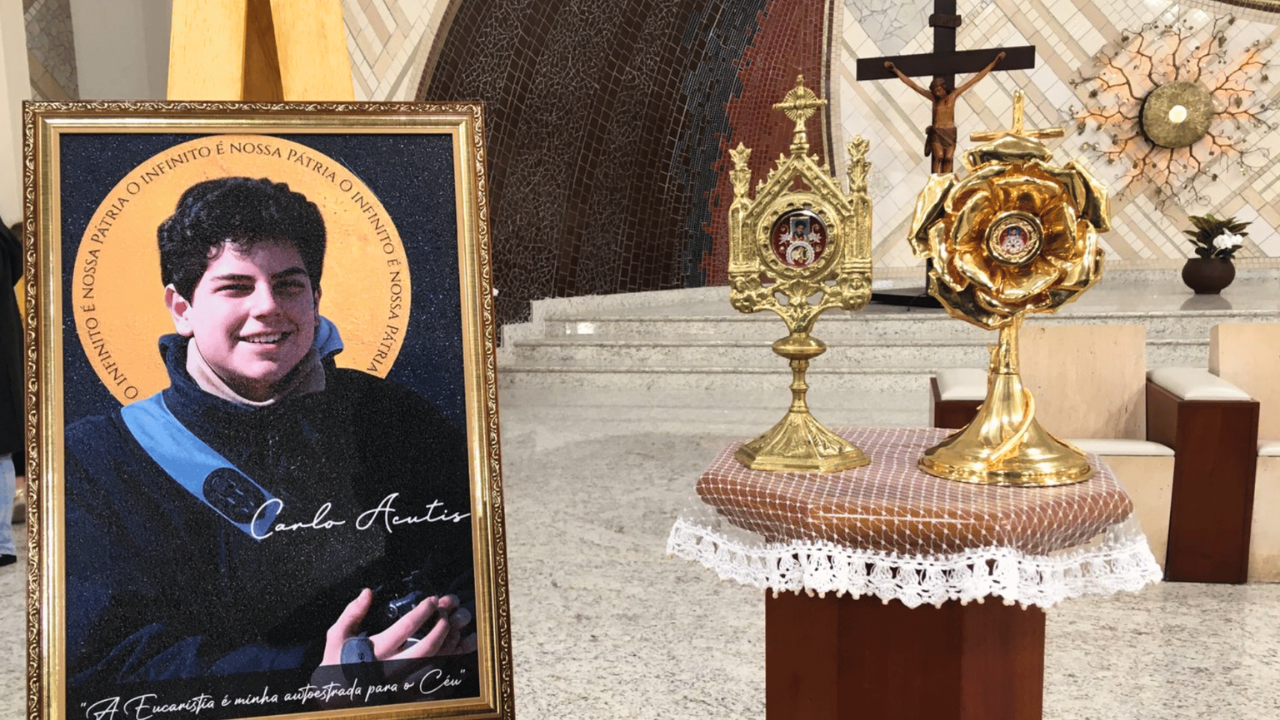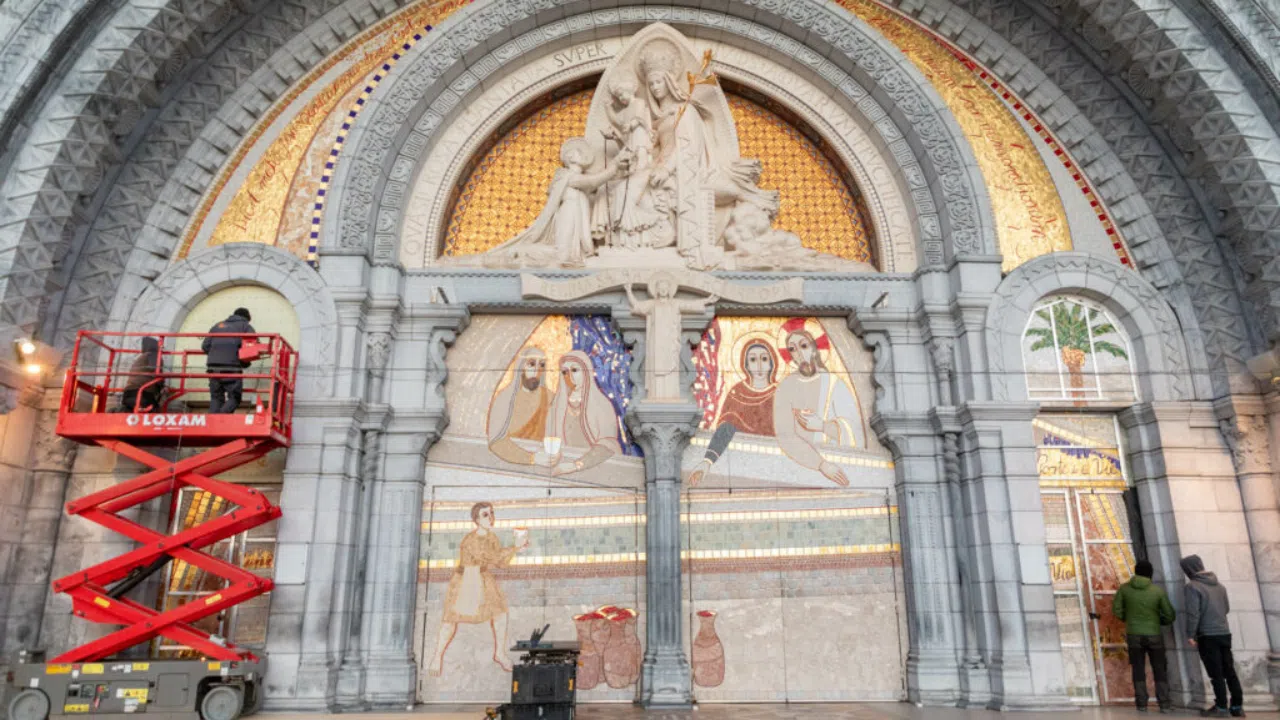In Peru there is an Iceland very different from the one in Europe. The city is made of piled structures because the terrain is so prone to floods. The same river that floods it is the city’s only form of contact with the rest of the world. Life is not easy in this borderline city facing so many hardships, starting with dysfunctional institutions. Even getting sick is dangerous here because help might not arrive in time.
WAGNER ARÉVALO
Medical practitioner
“We struggle to transport people in need of adequate medical attention. We don’t have the means to do it. Sometimes we are missing gas, many times personnel, medication.”
MARÍA EMILIA KUCHE
Missionary
“The hardest things are hunger and lack of attention to people.”
“We are with the people because they suffer a lot. It’s as if the people here are abandoned. That’s why we are here, to be a presence for them, for whatever they need.”
Sr. María Emilia is part of an intercongregational community of four religious sisters from different orders. With the help of a priest, they serve dozens of communities, some a five-day canoe ride away.
Their work goes beyond the pastoral labor that is scarce because of distance. That is why she says it is almost miraculous that the faith has not died out in those places they can visit only once or twice a year.
MARIA EMILIA KUCHE
Missionary
“It’s a miracle. We find so many life witnesses that we even feel ashamed because we have everything and they’re almost completely abandoned.”
“It’s difficult to get to know because we constantly have to be. Our work is almost one of visiting. We go to these regions and that’s it, but we must go and stay.”
Although getting to such distant places is difficult, the sisters try it again and again, despite the danger.
MARIA EMILIA KUCHE
Missionary
“Some people don’t want to take us because it’s a red zone. People from the communities come find us and take us. They’re coca zones. Everyone is harvesting, planting, and selling coca. They don’t consume it, but they sell it to survive.”
Cocaine, drug trafficking, and forest exploitation signal in large part the fate of this basin region of the Yavarí river, and especially the future of young people. Jaime knows this well. He is a catechist and psychologist, and he visits schools throughout the region to give Christian and human formation. His goal is to convince his students that fighting for a better future is worth it. Opportunities, however, are scarce, and manual labor is always needed at the sawmills.
JAIME PIÑA DÍAZ
Catechist
“They are born for work, crop cultivation, family, wood, and coca. The day the wood runs out, I don’t know what will become of these people.”
“It’s slavery in the 21st century, all for money. How do they keep them hooked? They work five or six months to make 3,000 reals, but when they give them the lumber, they’re told that they can have 2,500 or 2,000 of the 3,000 reals. They say they owe them the other 1,000 for the next job.”
This is why the Church, although small in numbers and resources, commits to standing by the most disadvantaged. Working for the social promotion of the Amazon’s inhabitants means working also for their spiritual promotion.
